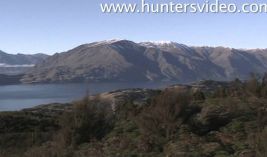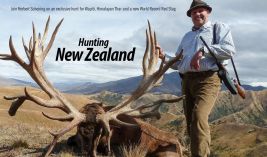New Zealand
Hunting in New Zealand offers both an outstanding outdoors experience and unusual game species
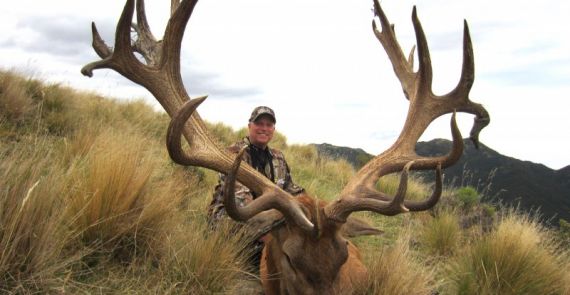
Highligts
- Special Game Species
- Extraordinary Nature
- Huge Stags
- Unique Hunting Opportunity for Tahr
Hunting in New Zealand
New Zealand is around the same size as England but only has around 4 million inhabitants. The country consist of two large islands, North and South, as well as numerous smaller islands. The Nature of New Zealand is unique, ranging from the open grasslands, beaches and grottos of North Island to the mountains, rivers and lakes of South Island
Challenging Mountain Hunt
Are you one of those hunters who misses hunts that are both mentally and physically challenging?then a mountain hunt in New Zealand could be the very thing you are looking for. New Zealand’s hunting districts are typically in the high mountains, and are certain to put your fitness to the test. Here you can hunt red stags, chamois and tahr.
Huge Red Deer
New Zealand’s red deer where first introduced into the country during the 1800s from some of England and Scotland’s bestpopulations. Even though the numbers of red deer on public land have long been under pressure, legislation introduced in 1969 to legalise private hunting districts, means that New Zealand can offer great stag hunting Here strictly controlled systematic breeding programs, that have been now running for many years, means you can hunt for some of the biggest red stags in the world.
Good Possibilities for Chamois Hunting
Even though it is usually New Zealand’s enormous red stags that attract European hunters, there are plenty of opportunities here to hunt chamois, The chamois, like the red deer, is not native to New Zealand. The first chamois were brought here in 1907, as a gift from the Austrian Emperor. They can be found in the mountains of New Zealand’s South Island.
Outstanding Tahr Hunting
With the exception of Nepal, New Zealand is today the only country in the world where you can hunt the majestic mountain goat - the tahr. Even though the tahr is not native to New Zealand, many hunters choose to hunt it here as it is moret widespread, and therefore gives the hunter a greater chance of success, thank its native range. The tahr is typically found at an altitude of 1,300 - 2 ,000m in the New Zealand mountaisn.
Video Gallery

-
 Free range red stag in New Zealand
Free range red stag in New Zealand -
 Dream Trophies New Zealand - Hunters Video
Dream Trophies New Zealand - Hunters Video -
 Hunting New Zealand - Hunters Video
Hunting New Zealand - Hunters Video
Game
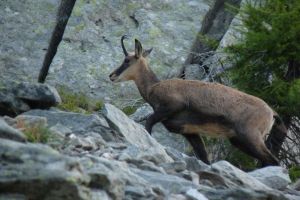
Chamois (Oceania)
Scientific Name: Rupicapra rupicapra Subspecies: Presumably the middle European Chamois. Habitat: Alpine regions, but also found below the tree-line. Description: The Chamois weighs up to 50 kg and measures up to 85 cm over the shoulder. It may reach a total body length of 1,40 m. General colour rufous brown with black line along the spine in summer, black with black and white markings on face...
Read more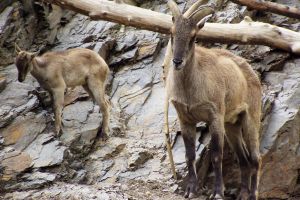
Tahr, Himalayan (Oceania)
Scientific Name: Hemedragus jemlahicus Subspecies: None. Distribution: Introduced into New Zealand in 1904 from English parks. Habitat: Mountain forest with open areas between 1.200 to 1.600 meters. Description: The Tahr weighs up to 100 kg and measures up to 1.10 m over the shoulder. It may reach a total body length of 1,20 meters without tail (10 cm). General colour brown to greyish brown...
Read more
Wild Boar (Oceania)
Scientific Name: Sus scrofa Subspecies: 17 in total, 7 of which occuring in the Indo-pacific region: 1. Sus s. jubatus: Malaysia. 2. Sus s. cristatus: Pakistan, India, Nepal, Bhutan, Myanmar, Thailand, Laos, Kampuchea, Vietnam and Sri Lanka. 3. Sus s. andamanensis: The Andaman Islands. 4. Sus s. nicobarus: The Nicobar Islands. 5. Sus s. vittatus: Sumatra, Java, Bali, Lombok, Banka and Sumbava....
Read moreHunting Area
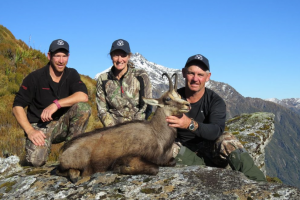
Otago, South Westland and South Island
Wilderness Hunting This is the most challenging hunt offered. You’re flown to the hunting area by helicopter, hunting from a basic tent camp. The hunt takes place on public land, with steep and mountainous terrain. Tahr and Chamois thrive in large numbers in New Zealand’s wilderness, providing impressive trophy quality. It requires good fitness and proper equipment. Private Land...
Read more







